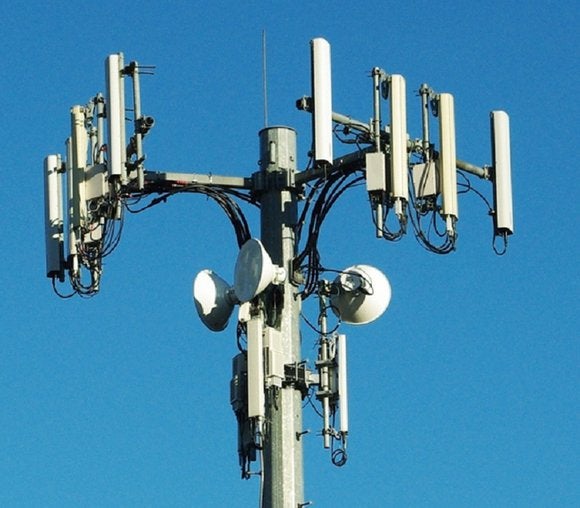In case you? ve actually strolled by way of a community, you may possess spotted small tiny 5G cell systems on street light poles. These appear like small containers, but they? re really transmitting cordless signals from cell phone carriers to your phone.
These smaller sized, purpose-built cell systems are replacing bigger, purpose-built ones. Whilst less obvious, they will may nevertheless cause issues for individuals.
Typically the FCC? s Rays Exposure Thresholds
The Radiation Exposure Thresholds of the FCC establish the safe distance from which usually a person may be exposed to electromagnetic radiation from cellular devices. The coverage limitations are structured on scientific facts indicating that RF energy may get hazardous to human health.
The actual absorption rate (SAR) quantifies the radiofrequency vitality absorbed by tissues. It is usually 1. 6 watts per kilogram, proportioned across one gram of tissue.
Nonetheless, since what is a safe distance from a 5g cell tower at higher eq, it may cause more energy intensity within the skin plus other immediately subjected body parts. This may result in a new variety of achievable consequences, such as the accelerated development of skin illnesses such as dermatitis, skin cancer, and cataracts.
Due involving the potentially extreme consequences of 5g radiation, PSU offers opted to impose a general local power density limit of 4 mW/cm2 averaged over just one cm2, and certainly not to exceed 25 minutes, for many 5G services at 3000 GHz. This restricted limit is consistent with the optimum spatial-average SAR involving 1. 6 W/kg averaged across a single g of muscle at 6 Gigahertz.
The FCC? s i9000 Maximum Exposure Thresholds
If you've actually used a cell phone, an individual surely understand that you must be a minimum of 400 meters away from tower for basic safety. This is expected to the reality that the tranny strength of your cellular tower grows considerably with distance.
Whilst this may appear like a wonderful concept, the fact is that individuals living near to towers may be even more prone to health and fitness issues. A 2014 research in Asia, for instance, mentioned that persons who resided within 55 meters of portable towers had higher health concerns compared to those who were living farther away.
Yet, this research in addition revealed that symptoms returned to standard within a few days for persons who relocated to spots distant from cellular towers. Several research have indicated of which exposure to higher degrees of radiofrequency electromagnetic fields (EMFs) may possibly induce cancer, brain tumors, and additional health concerns.
what is a safe distance from a 5g cell tower , which will be used in wireless communication, may sink into the outermost coating of the body of a human, the skin. Typically https://rentry.co/xm9nt because a protective buffer against mechanical harm, infection by pathogenic bacteria, and typically the admission of unsafe chemicals. It is usually responsible for protecting the integrity associated with other organs and is also the biggest body inside the human human body.
Minimum Exposure Thresholds of the FCC

The FCC's Minimum amount Exposure Thresholds derive from a number associated with unsupported scientific presumptions. They include the erroneous notion that interim exposures to RF radiation secure still to pay to low sexual penetration into the physique (i. e., tissues heating) (i. electronic., tissue heating).
In addition, the assumption disregards the deeper penetration of the ELF pieces of modulated RF signals and the effect of brief high temperature bursts from pulsed RF waves. These types of assumptions usually do not line-up with the present knowledge of typically the biological effects involving RF radiation; thus, they should not be utilized to build health-protective exposure limits.
In addition , the ICNIRP and FCC restrict their maximum direct exposure limits to local peak SARs dependent on the maximum spatial specific consumption rate (psSAR), which is an insufficient dosimetric technique for assessing the degree of RF light exposure. Specifically, psSAR is incorrect in frequencies greater than 6 GHz. Additionally, psSAR is actually not investigated for RF the radiation with co-exposure to be able to other environmental components such as sunlight. Interactions between radiofrequency (RF) radiation plus other environmental elements may have bloodthirsty or synergistic results. This would increase the likelihood of harmful health outcomes. Co-exposure to RF rays and sunshine, intended for instance, may enhance the risk of epidermis cancer and worsen other skin problems, for example acne.
